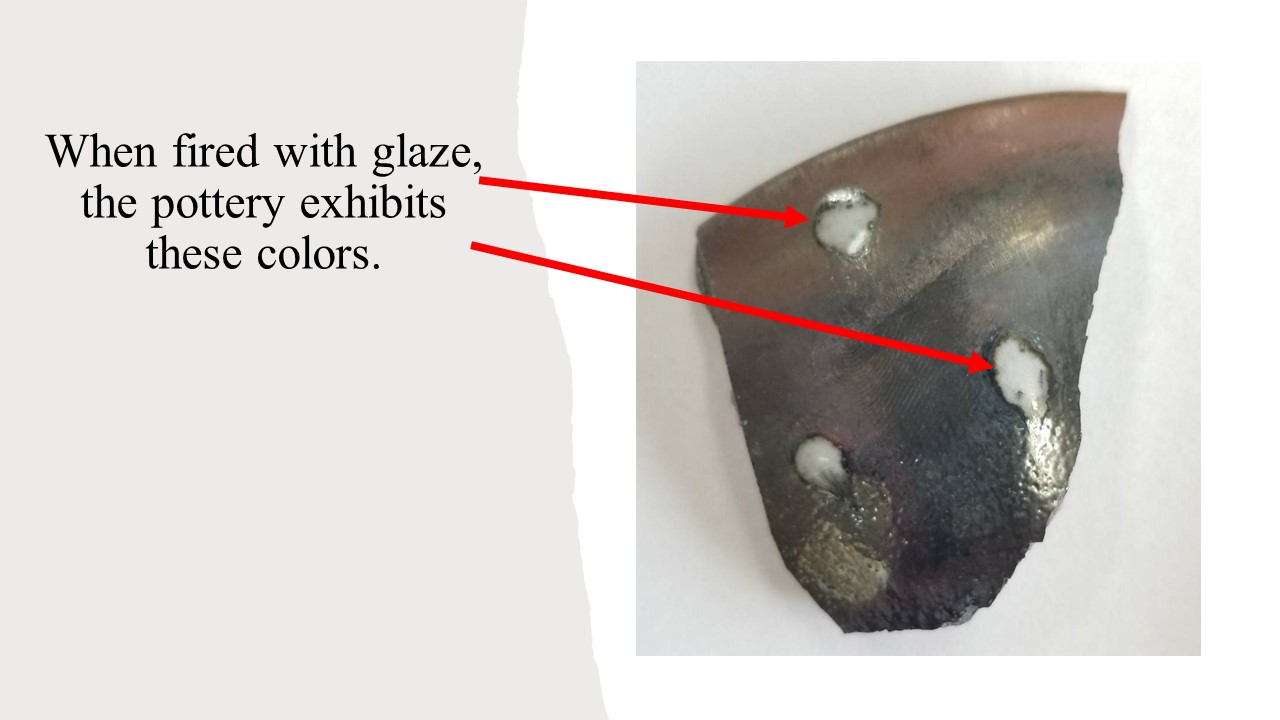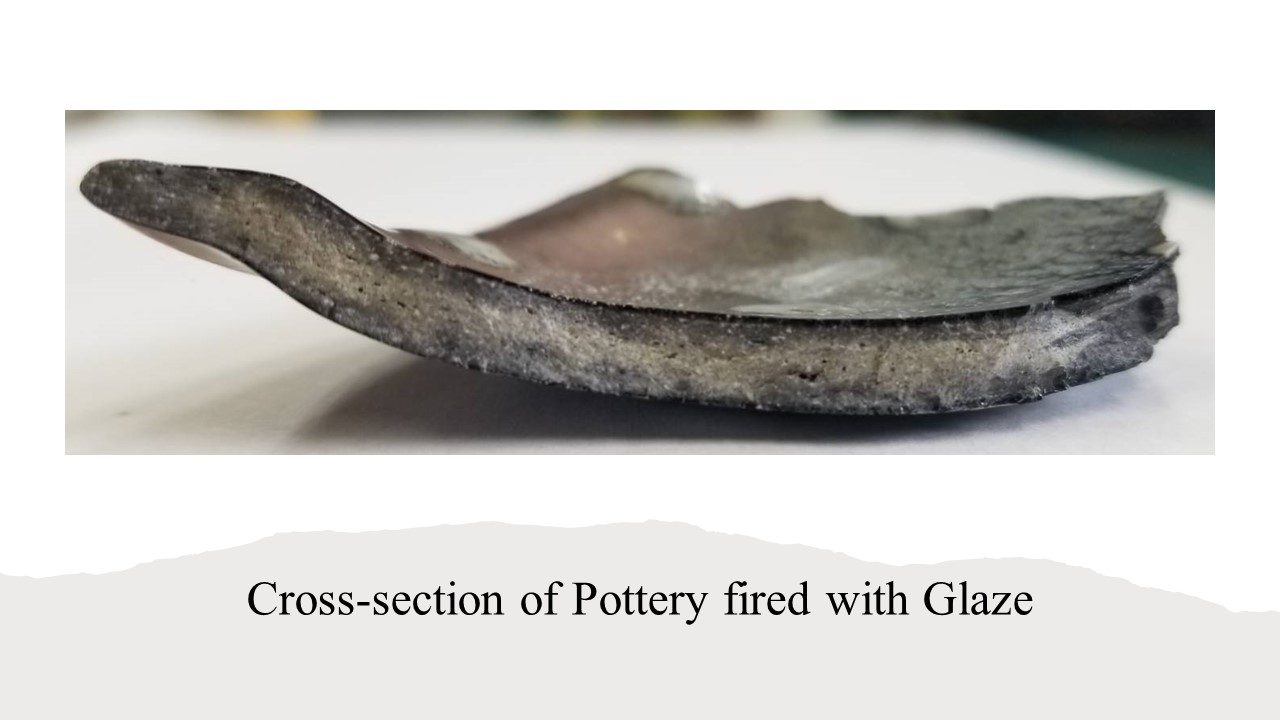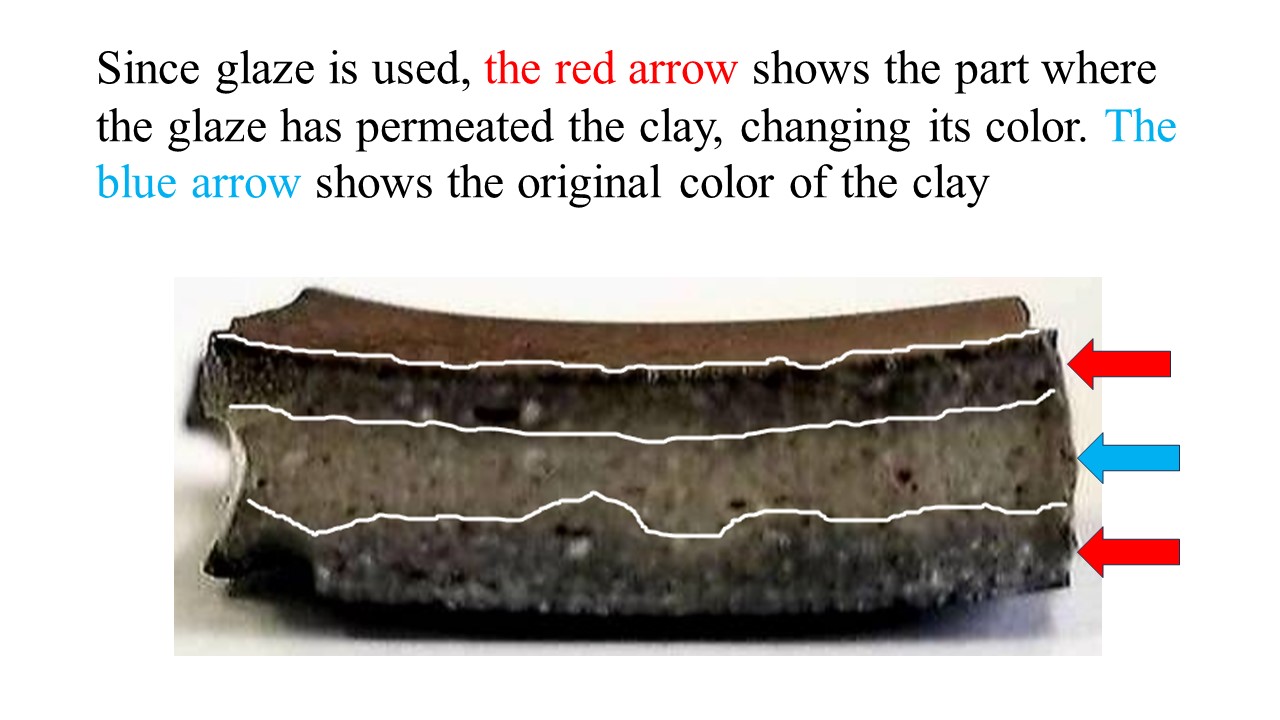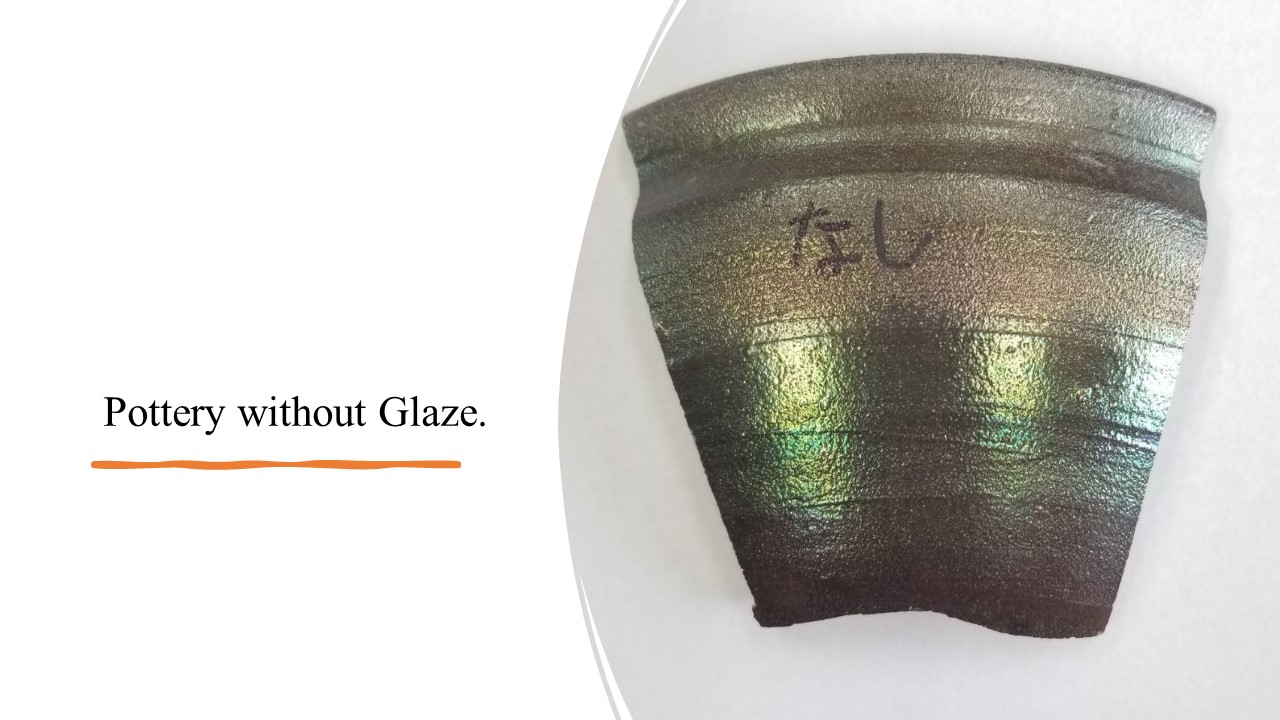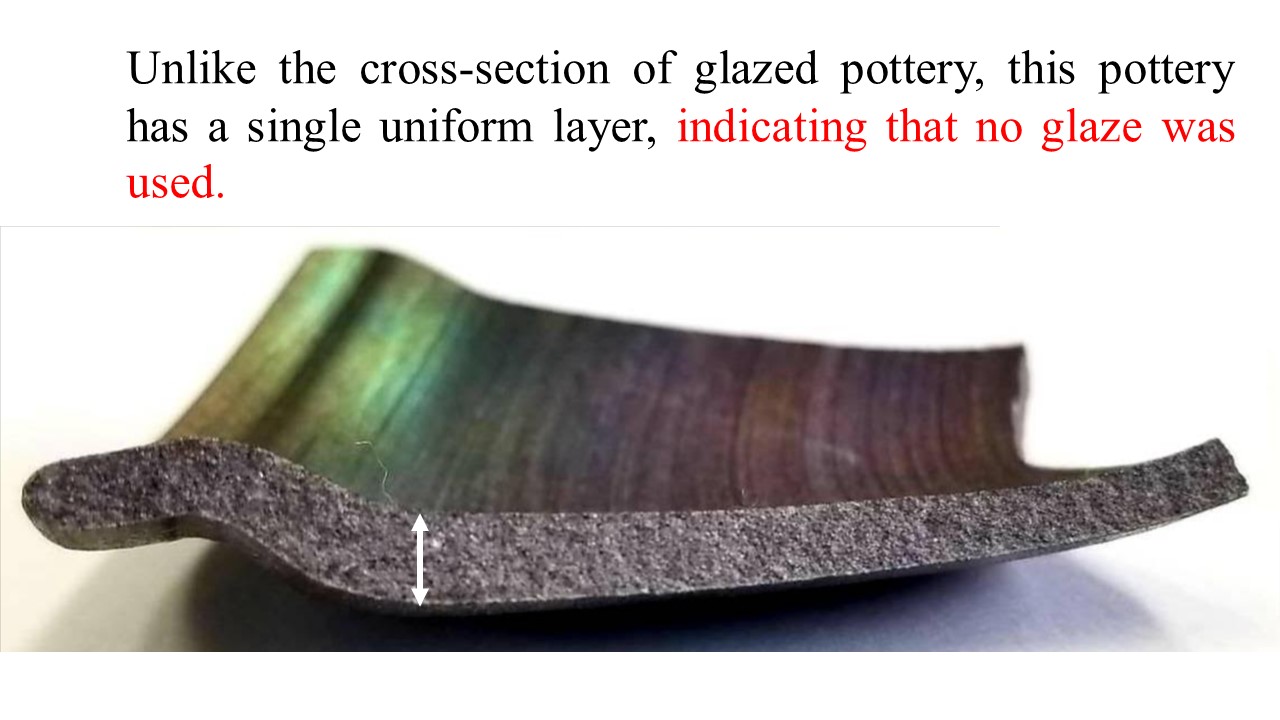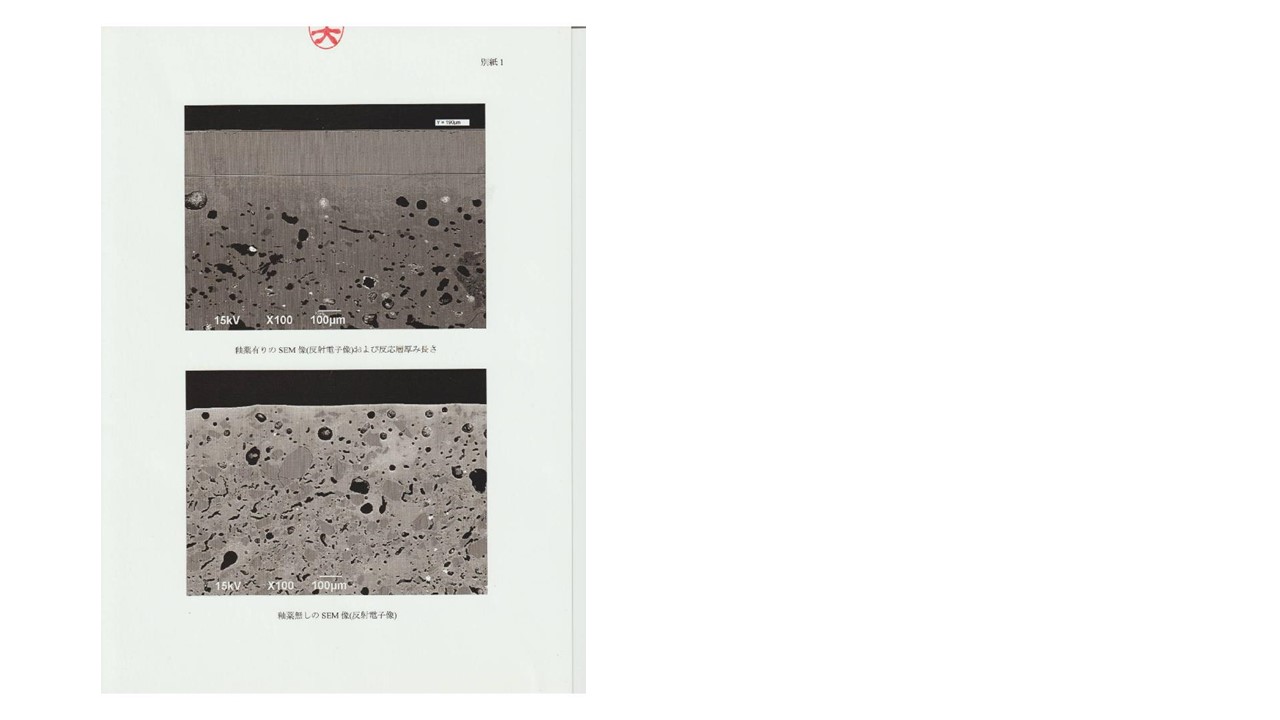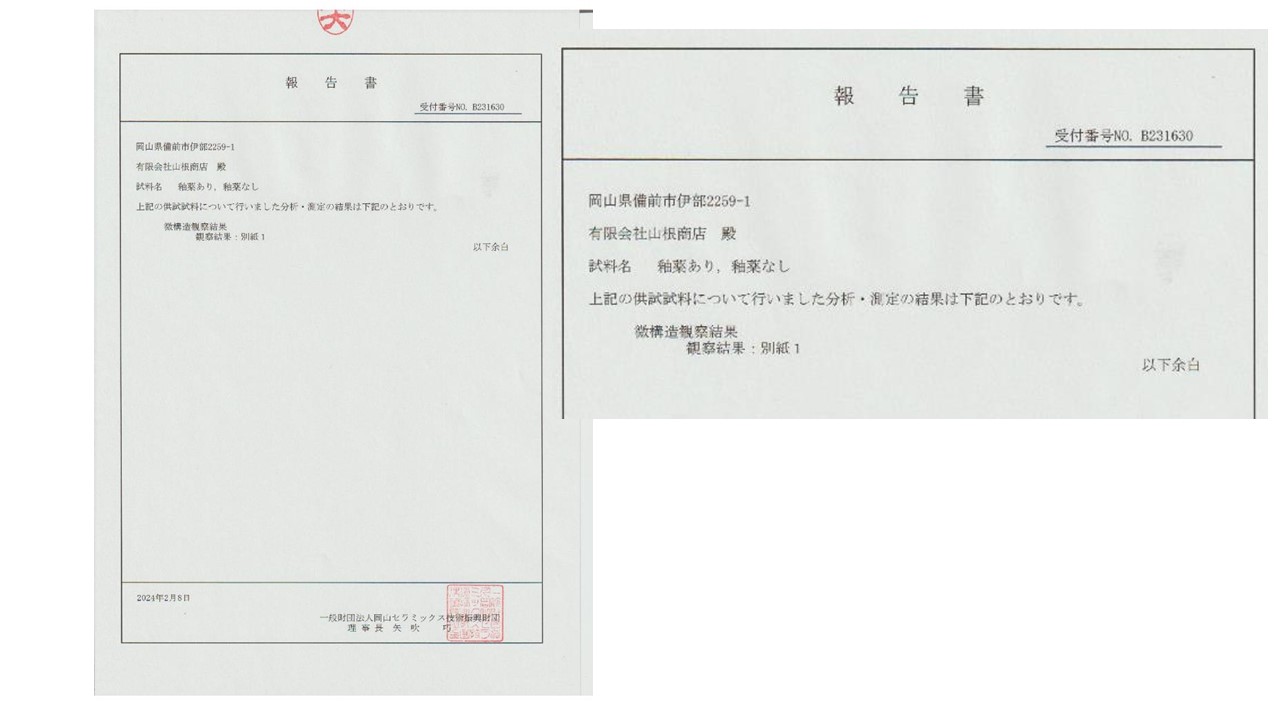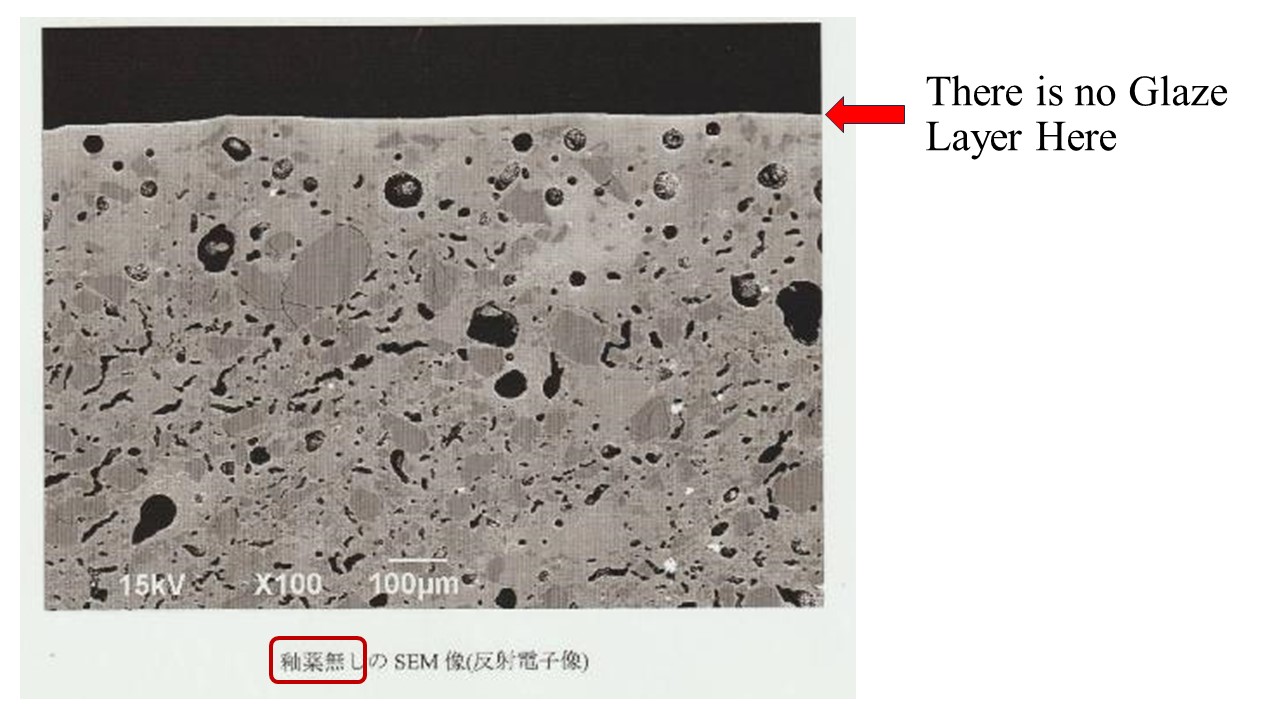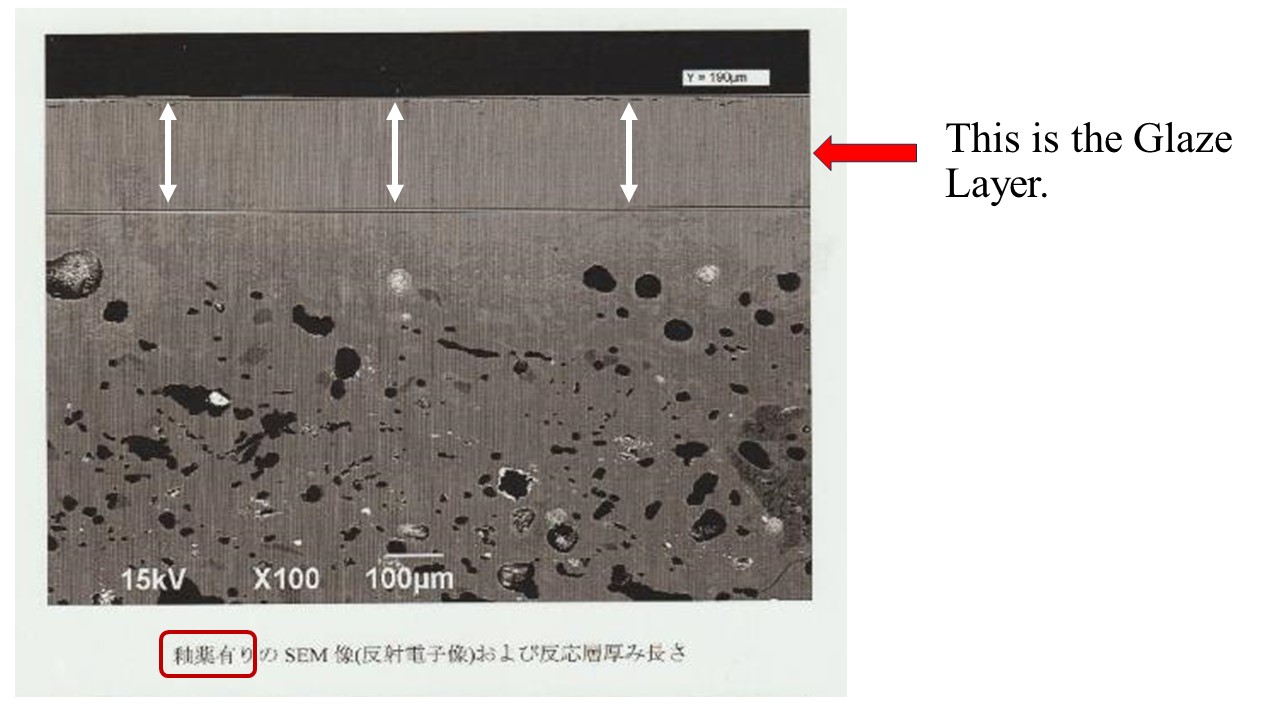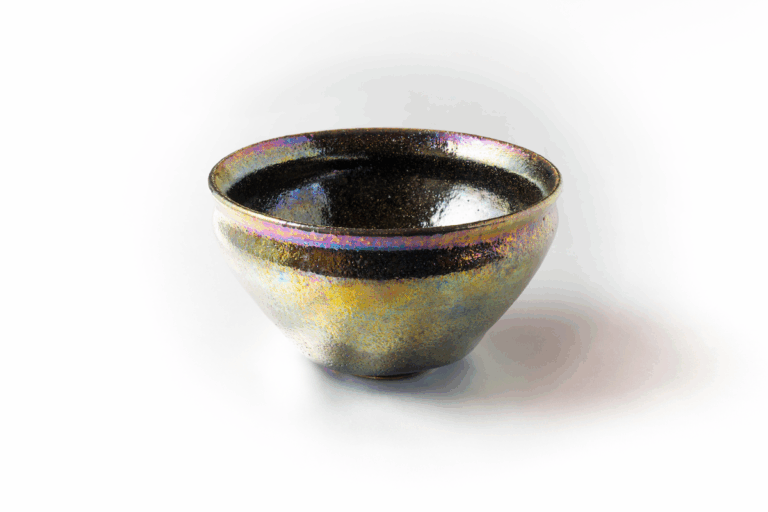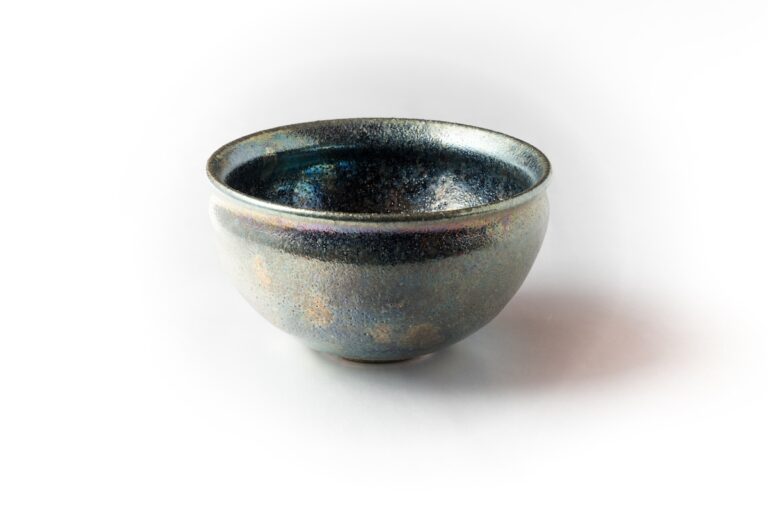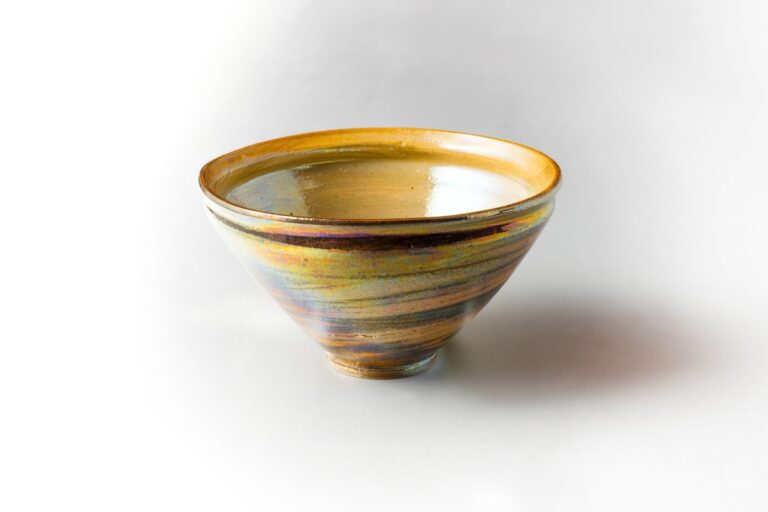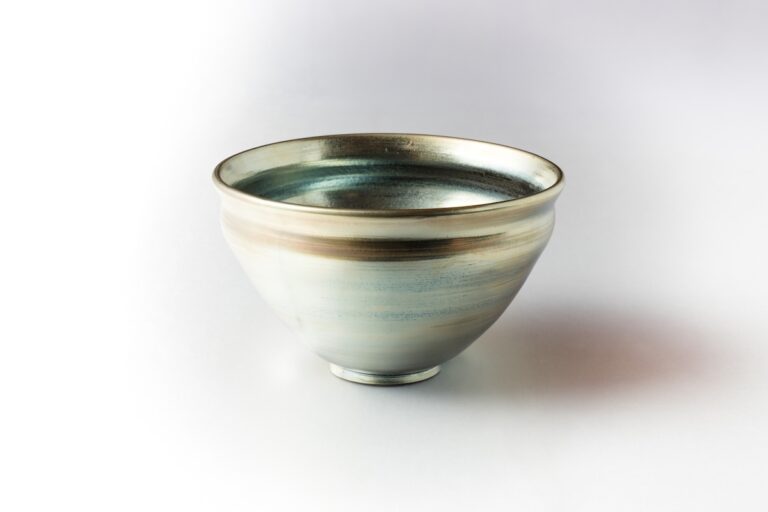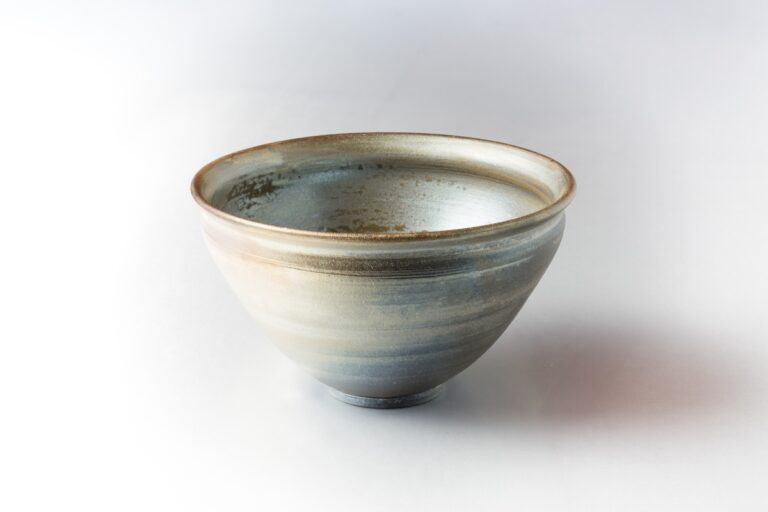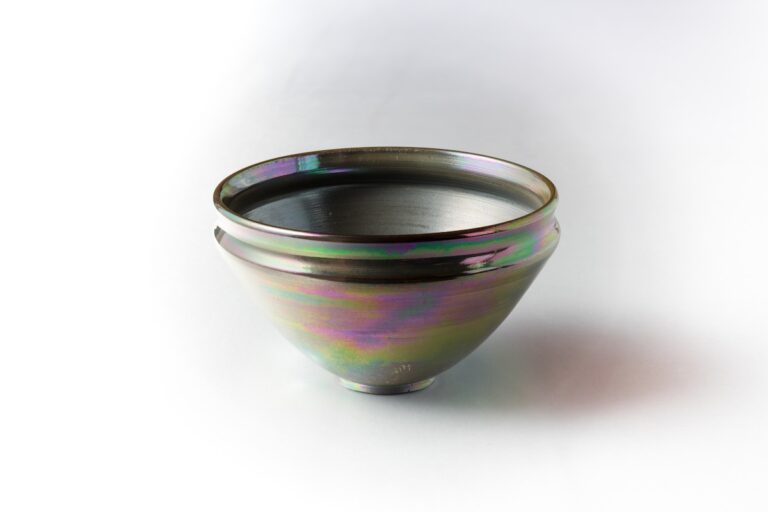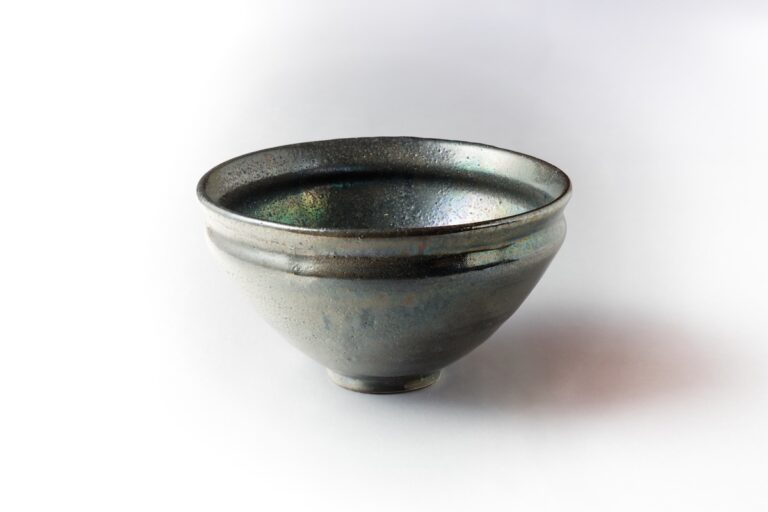Akimasa Yamane
Akimasa Yamane
Address
Refolia 5F 12-4 Nihonbashi Odenmacho Chuo-ku, Tokyo
Inquiries
iori@co.jp
Comments
I take pride in the tradition of Bizen ware, yet its profound depth lies in its fusion with other elements and the challenge of the kiln’s flames.
I wish to express works that capture simple landscapes and a rich palette of colors.
History
Studied under Master Masami Nishikawa, a direct disciple of the first Living National Treasure, Master Tōyō Kaneshige. Built a kiln atop Ibe Pond in 1990.
First Kiln Exhibition at Himeji City Gallery Kōma.
1991: Unveiling Party at Hotel New Otani, Tokyo.
1997: Selected for the Biennale Yakishime Exhibition.
1999: Three works selected for the Nikki Exhibition at the Tokyo Metropolitan Art Museum.
2000: Selected for two works at the Nikki Exhibition, Tokyo Metropolitan Art Museum
2001: Selected for three works at the Nikki Exhibition, Tokyo Metropolitan Art Museum
2002: Selected for one work at the Nikki Exhibition, Tokyo Metropolitan Art Museum
2003: Produced Bizen ware container for Suntory Whisky Hibiki
First Japanese ceramic container to hold Suntory Hibiki Whisky at Suntory Yamazaki Distillery
2005 Exhibition at Kyushu Fukuoka International Congress Center
Exhibition at Kitakyushu Prince Arena
Genka-kai Exhibition: Kikuka Award-winning works displayed at Okayama Prefectural Museum of Art, Fukuyama City Museum of Art (Hiroshima), and Takamatsu City (Kagawa)
2008 Exhibition at Shanghai International Airport Hotel; Genka-kai Award Winner
2009 Exhibition at Beijing 21st Century Hotel
2010: Joint production with Shanghai painter Peng Mingliang
2012: Collaborative work with Lu Kang and Yang Zhongming in Shanghai
2013: Participated in Mao Zedong’s 120th Birthday Commemorative Exhibition at Shanghai Library, displaying ceramic plates featuring Mao Zedong’s poetry
2014: Exhibition in Jing’an District, Shanghai
Commemorative exhibition at Shanghai World Expo Exhibition Hall
2015: Appointed Special Professor at East China Normal University, Shanghai
Exhibition at Humble Administrator’s Garden (World Heritage Classical Garden, one of China’s Four Great Gardens), Suzhou, China
Exhibition at Suzhou International Art Fair
2017: Received the Shijo-no-Chunagon Yamakage Direct Lineage Shijo-no-Tsukasa Family Official Bizen Hien Kiln Certification
About the Yōhen Tenmoku
Yōhen Tenmoku
Yohen Tenmoku originated in the Southern Song Dynasty of China, where it was cherished by Zen monks.It was introduced to Japan during the Kamakura period.These tea bowls are typically glazed in black or dark brown tones,and are famed for their stunning surface patterns such as Yohen (kiln transformation) and Yuteki (oil spots), which shimmer and shift with the reflection of light.Today, several Yohen Tenmoku tea bowls are designated as National Treasures of Japan.
Unglazed Yohen Tenmoku
Traditional Yohen Tenmoku tea bowls are typically glazed,but as the name suggests, Unglazed Yohen Tenmoku is fired without any glaze whatsoever.
Its luster and patterns emerge solely from the natural power of the clay and the unpredictable movement of flame during firing.
Achieving Yohen-like effects without glaze is considered extremely difficult, with very low reproducibility.
It requires deep expertise in selecting the right clay, mastering firing techniques, and understanding the unique characteristics of the kiln.
Each piece emerges as truly one-of-a-kind, as variations in flame movement and oxygen levels during firing result in different expressions every time.
A fusion of the cosmic scenery found in Yohen Tenmoku and the bold, refined expression of being unglazed.
It is the ultimate expression of beauty—one that embodies both stillness and strength.
It is not mere “beauty,” but a vessel of spirit, the passage of time, and the soul of the maker.
The iridescence held within a single bowl stirs the hearts of those who gaze upon it, like a universe captured in clay.
Story
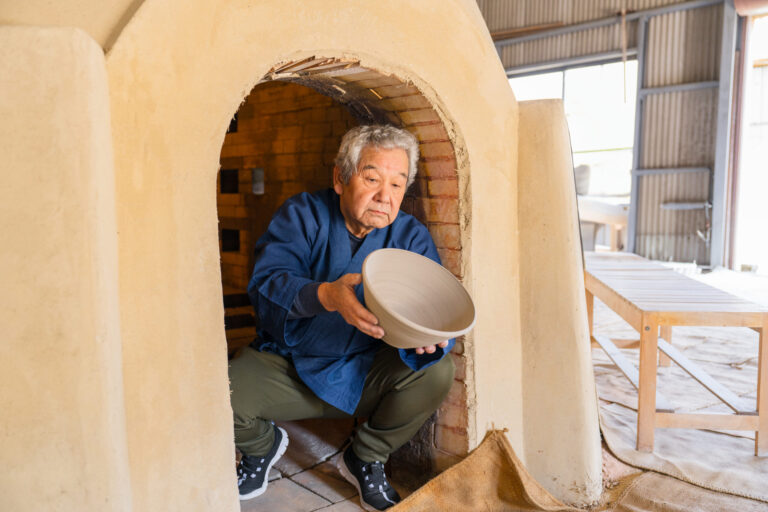
Yohen Tenmoku
Yohen Tenmoku refers to a special type of pottery known for its iridescent beetle-wing-like colors. Despite attempts by potters around the world to replicate its beauty, no one has succeeded in recreating it over the past 850 years.
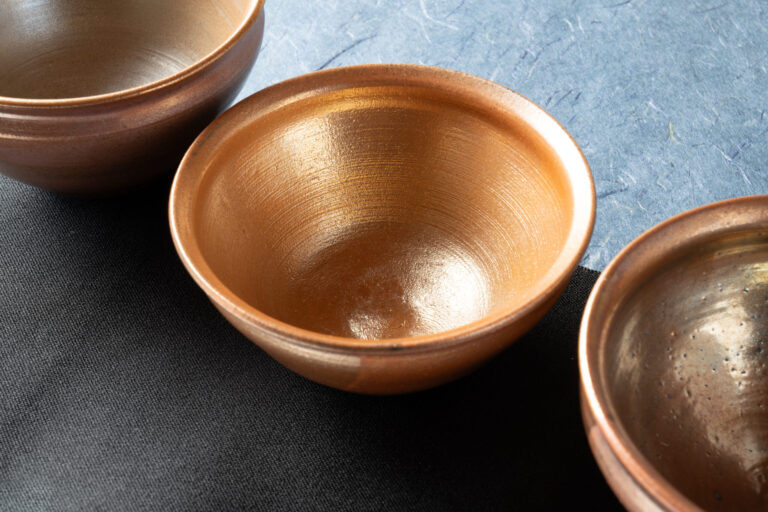
World's First Achievement
However, Akimasa Yamane, a Bizen ware potter, achieved to create Yohen Tenmoku without using any glaze—a remarkable feat in the history of pottery.
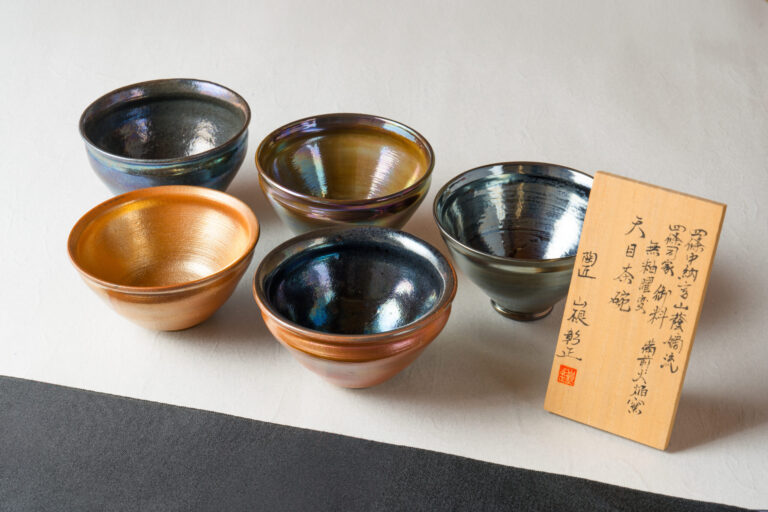
Evaluation by the Imperial Family
The Shijo Tsukasa Family, which is Japan Imperial Family, was quick to recognize this technique. They praised it as a national treasure of Japan, encouraging further refinement. Akimasa Yamane was honored with the title ” Shijo Chunagon Yamakage’s direct lineage, Shijo Tsukasa Family, Imperial Property, Bizen Firefall Kiln.”
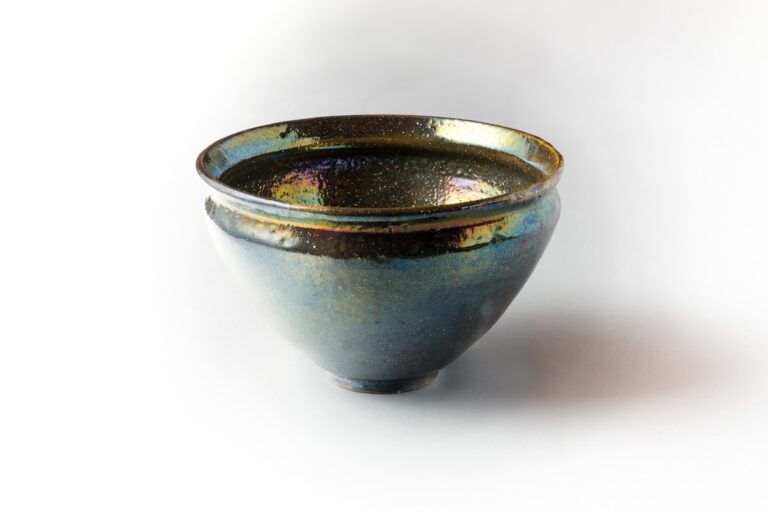
The uniqueness of the works
Due to the unique technique used by Akimasa Yamane, failures are extremely common, making his works highly valuable and rare. It is believed that this technique will not be seen elsewhere in the world for the next 100 years.
Comparison of Glazed and Unglazed
